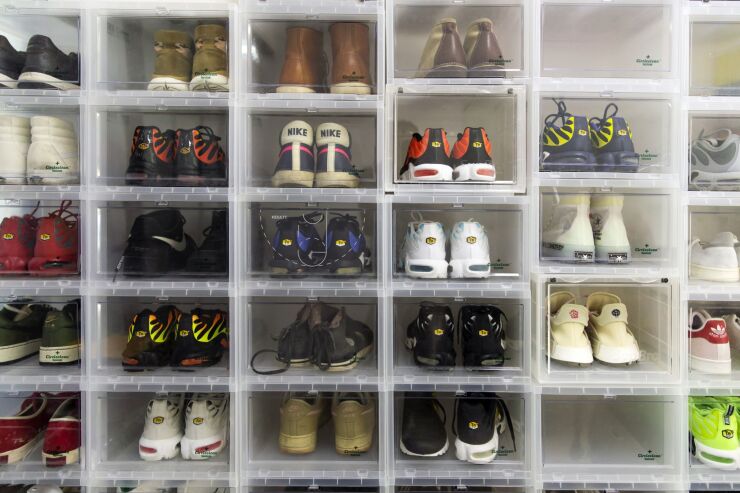Renaissance paintings, stamps, whisky: Collectibles, in some cases, have garnered big gains for previous generations of investors.
Could sneakers be next? And could advisors use this asset class — which is more fun to own, for some, than stocks or bonds — as a way to entice younger clients who may not yet have an advisor, or even an investing portfolio?

As millennials head into their mid-to-late 30s, and Gen X gets closer to retirement, data show that nearly everyone has dwindled away their most valuable years of potential nest-egg building. The U.S.
For many individuals, myself included, investing for the long-term has seemed a daunting task. Frivolous spending on hobbies, however, is one area where nearly everyone can claim some form of expertise. If you choose your pastimes wisely, these hobbies can also carry a big return on investment. For example, rare whiskies gained as much as 564% over 10 years, while coins returned 175%, and artwork posted an average return of 141%, according to the
With that kind of long-term growth, it may not be so unfathomable to think a high-value shoe collection may be next in the ranking. And what’s more, for advisors in particular, it’s an area where the youth have found some interest. Consider this: The global sneaker resale market is expected to reach $30 billion by 2030 from its current $2 billion net value in North America, according to
-
All artworks, racehorses, cars, and trading cards are not created equal, and not all “investment opportunities” are the best in their field.
February 7 -
As the value of bitcoin and other crypto assets rises, more of the world’s billionaires will trace their wealth to crypto, writes economist Tyer Cowen.
March 18 -
The benefits of traditional fixed income are diminishing with today’s low interest rate environment, but alternative investments can help solve the portfolio-allocation problem.
March 11
‘Profit-turning venture’
Remember when buying new shoes was a mindless activity: Walk into a local Foot Locker, try on a few of whatever was available, and wear them out of the store without long lines ... no robot wars involved? These days, short supplies of the hottest models, combined with online retail, social media marketing and a booming resale market, mean a new rulebook.
As a journalist with an average-to-competitive annual salary, the profit-turning venture has become, for me, nothing more than a fun way to spend a Saturday morning; line up (virtually, of course) and attempt to win the chance to buy a pair of Jordans or Kanye West’s Adidas Yeezy, wear them for a few months — or years — and potentially make some money in the process once I get sick of them. Just this week, I sold a pair of two-year-old Yeezys that I bought for around $300 retail in mid-2019. They collected dust in my closet for the better part of a year before I sold them online for more than $450. After fees, I was able to profit a little more than $100.
Although that may not seem like a lot, other, harder-to-find sneakers — notably the Dior Jordan 1, which resell for as much as $25,000; the Nike MAG Back to the Future, selling for as high as $60,000; or the Nike Dunk SB Low Staple NYC Pigeon, listed in some sizes for an obscene $150,000 — may resonate more with the high-net worth crowd.
Today, young people increasingly flock to fashion resale sites like GOAT and StockX. As many as one in three 18- to 34-year-olds have purchased from resale sites in the past 30 days, Cowen reports, compared to about one in four last year.
Now with the proliferation of NFTs, or non-fungible tokens, the hobby just got a little more interesting. Luxury designer Gucci is now selling augmented reality (AR) sneakers for $11.99, available for virtual showcasing on apps like
With markets and cryptos close to all-time highs, the next generation is increasingly exploring the nascent medium of art attached to non-fungible tokens.
And yes, those figures may not currently rival such prizes as
While it’s likely your clients aren’t going to turn their closets into multi-million retirement troves any time soon, at its root, the hobby of selling unwanted (and still stylish) clothing, or even a rare shoe collection, may just become one way their children start thinking about saving.






